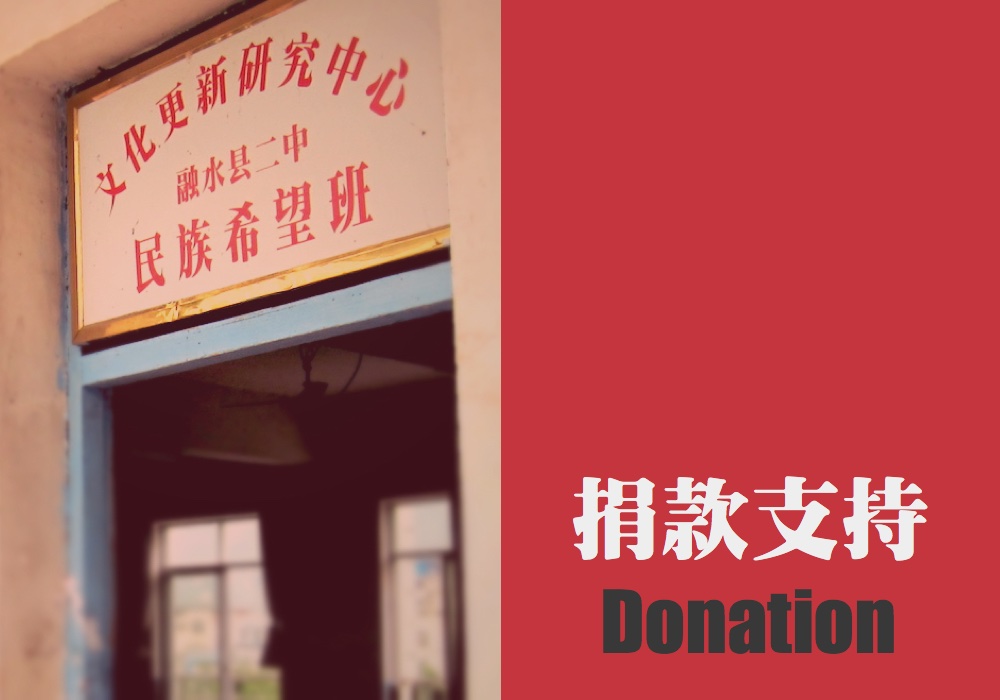The Urgency of Investing In Vocational Education
By Dr. Ernest Cheng & Mr. Peter Leung
2008
Equal Educational Access — a basic right to you and me, is still out of reach to many children in rural Guangxi Province.
High School Dropout Still a Serious Problem
On the surface, the government’s 9-year compulsory education policy should have alleviated the chronic problem of dropouts before senior high school (Grades 10-12). However, this policy stops short of overcoming all the obstacles for many school-aged children, especially girls, who live in remote regions.
From our visits to Rongshui, Longsheng and Zhiyeng counties, we were distressed to find that out of every six or seven ninth graders; only one would successfully matriculate to Grade 10. We simply could not accept a dropout rate of 85% at this young age! We must ask ourselves: what could a young person equipped with a Grade 9 education do upon entrance into the labour force? What kind of future would be in store for this person?
The high dropout statistic told us that there is much work for us ahead! It would be a beautiful thing—if we could help especially those who have both high ability and good character to further their education. We need to continue to forge ahead. We need to help remove whatever curse residential isolation and low income might have brought to these young people.
We realize that for these young people, the road to completing senior high school and university is a long one. The matriculation examination at the end of Grade 12 is daunting and the fees for university are high. There is no guarantee for a good job if one was able to complete such a journey.
Rongshui Vocational School (RSVC)
Our visit to the RS Vocational School on June 13 opened our eyes to the prospect of a more practical approach to helping underprivileged children from rural regions.
RSVC is the only school of its kind in the county, with enrolment of about 1300 students. RSVC has spaces for about 300 Grade 9 graduates a year. The school offers mostly three-year vocational (non-academic) programs with specializations in trades such as electronics, early childhood education, marketing and tourism. Many programs require field training, much like many co-operative education programs in the West. Some programs offer teacher-led short-term placements in factories as far away as the Pearl River Delta region in Guangdong Province. Students get to keep what they earn during such short-term placements typically lasting several months. Earnings may allow students to meet their tuition requirements for the year.
It is our opinion that directing some of our resources towards vocational education may be the most direct and efficient way in helping young people from rural Guangxi.
Escaping the Grip of Poverty
When we revisit the “big picture,” that is, our overall objective in all our efforts, our work revolves around combating poverty in two fronts:
- At the individual level—assist worthy students to acquire sufficient foundational skills so that individually, they could improve their economic lot;
- At the collective level—assist worthy students to acquire sufficient skills so that collectively, the county could create more jobs and improve the overall standard of living for its people.
- These objectives may or may not be related.
- Our past efforts have focused primarily in helping individual students escape poverty. Even if we were successful in doing so, students with the best qualifications would likely leave the county for jobs in the city. While they benefit individually, the county where they come from does not become better off.
- Investing in Vocational Education has the following advantages:
- Average academically yet talented otherwise students may now have access to training;
- Vocational education students graduate in three years, not seven (three years senior high school plus four years university);
- Annual support required for vocational students is less, as many of their expenses are offset by income from short-term placements;
- Job prospect for vocational education graduates is high; graduates average ¥1200 monthly;
- Vocational training tends to be more practical and in sync with local development needs.
- Clearly, vocational education gives rural Guangxi students a most direct route to escape poverty. We need to consider carefully the needs of the RSVS, especially since the school has plans for increasing enrolment to 3000 places annually.

